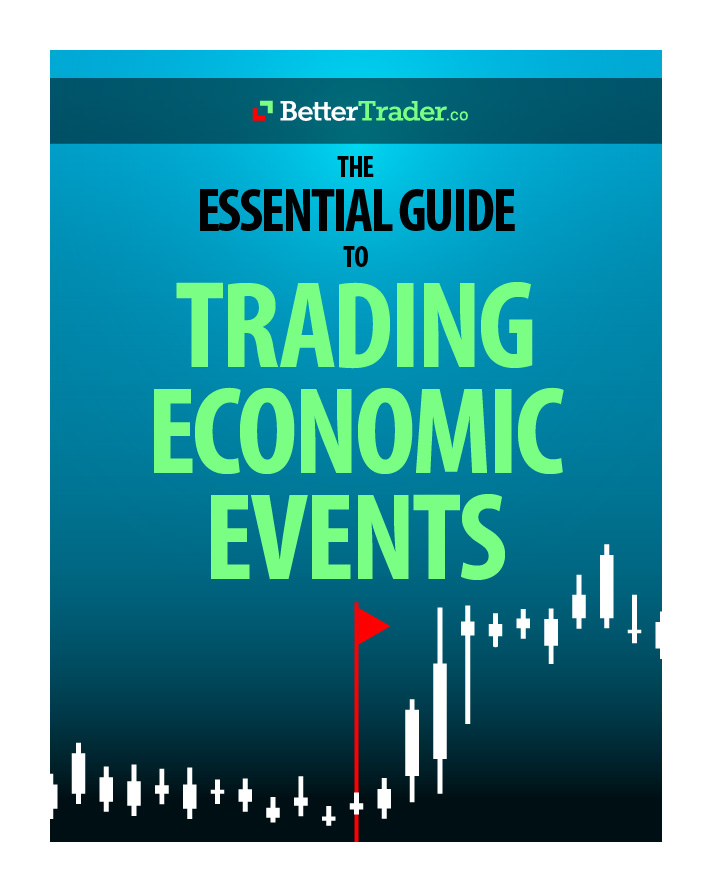In trading, numbers reign supreme. He who crunches the numbers most consistently, most accurately, and most often will execute the most successful trades. As a day trader, performing numeric analysis is essential, and this blog post will go over how and why you need quantitative analysis.
Quantitative trading analysts, also known as “quants,” analyze massive amounts of data, both historical and present, to algorithmically determine whether or not a trade will be worth the risk.
Quants are known for identifying trading patterns, building models to assess those patterns, and using the patterns to make predictions about the fluctuations and movements of various securities. You don’t need to be a quant to do quantitative analysis, but you do need a basic understanding of what it is and its benefits. In this blog post, we will do exactly that and explore how it differs from qualitative analysis. Keep reading for further information on quantitative analysis and why you need it.
What is quantitative analysis?
In finance, quantitative analysis is an approach that emphasizes mathematical and statistical analysis to help determine the value of a financial asset (usually an option or a stock). Quant analysts use a variety of data from the stock market and economic data to develop trading algorithms and computer models. The information created by these models allows traders to analyze various trading strategies, as well as determine if their chosen strategy has historically been successful.
The goal of quants and their computer models is to make trading passive; they do this by creating automated trade executions based on their algorithmic modeling. For example, if a quant’s trading strategy includes very specific information on entry and exit points and the expected risk at each point, a trade will be executed automatically as soon as the entry point price meets the model’s parameters.
How does Quantitative Analysis differ from Qualitative Analysis?
Unlike qualitative trading analysts, quants don’t analyze a company’s management team, visit the company, or research the product the company produces. Quants rarely care about the balance sheet, income statement, or market conditions. All they care about is the price fluctuations and how they can trade the stock in the short-term to maximize the price movements. This is not to say that qualitative analysis has no place in finance; it is used by thousands of investors and, for some, is a great long-term strategy. But qualitative analysis is for the investor. Quantitative analysis is for the data-intensive trader.
Quants usually use inputs in their models that are very common financial ratios (P/E, DCF, EPS, etc.). They then see how a stock price moves when these numbers are released, and their models can predict movements at different times of the day. While quantitative analysis seems the best approach to trading, it has had unexpected drawbacks in the past.
What are some drawbacks or historical failures of quantitative analysis in the past?
As with any approach to trading, quantitative analysis is not flawless. For example, quantitative analysis faltered in 2008 during the Great Recession. The data and algorithmic modeling could not foresee the disaster with mortgage-backed securities. Because quantitative analysis is based on historical data, many traders were at a loss as their models had no way of analyzing or predicting the effect of the disastrous banking situation. Regardless, quantitative analysis began to slowly gain traction, and now it is mostly known for its role in high-frequency trading. Quants usually work for large investment banks or hedge funds, as they do high-volume transactions.
Conclusion
In this blog post, we discussed quantitative analysis and why you should invest in algorithmic modeling to best predict trade outcomes. Relying on the numbers and historical data is essential, as it can analyze patterns and reward/risk situations that will benefit any day trader. Understanding when to use qualitative and quantitative analysis is essential, and a strong balance of both will maximize your trades.
Access automated trade ideas >>
Next Article: How Automated Trade Ideas can Remove Emotional Trading














